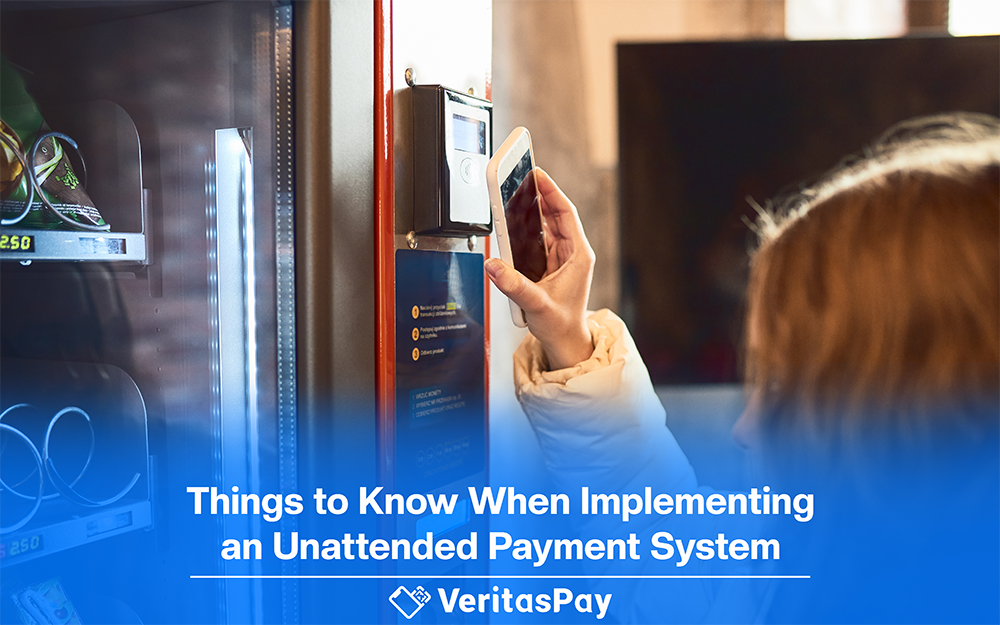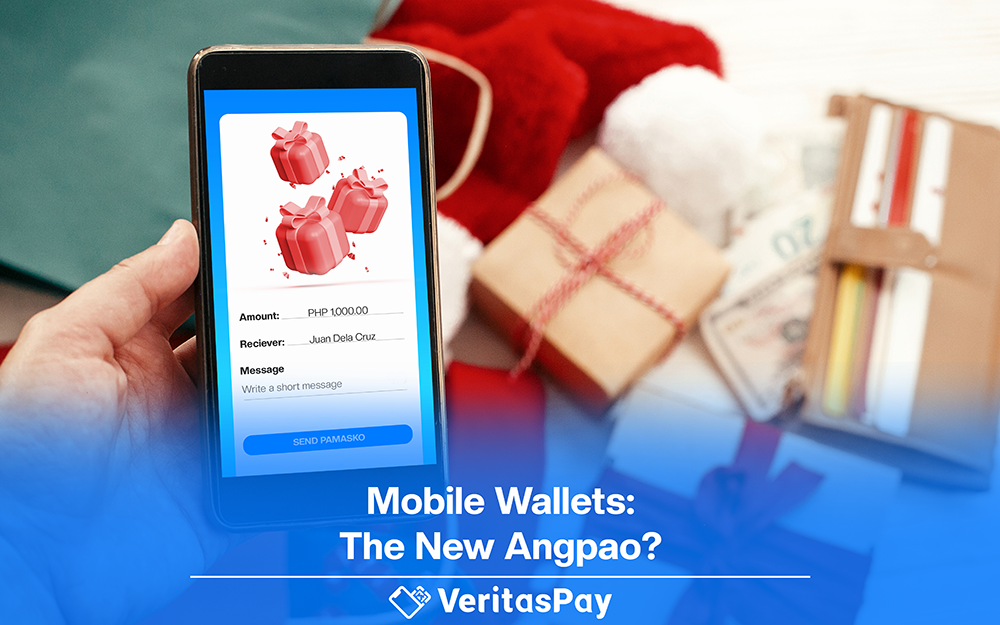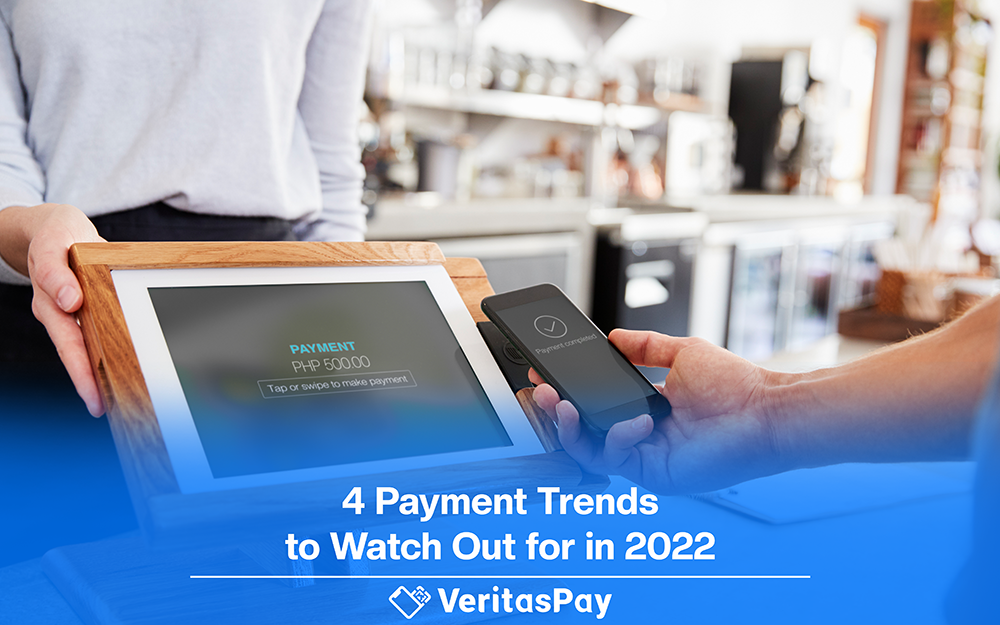Things to Remember Before Implementing an Unattended Payment System
Posted: February 2022

The payment experience has reshaped into many different forms, particularly in recent years. It makes sense, though, considering that there seems to be a “technology boom” every other year.
Nevertheless, unattended payments are in that wave of innovations, and like other methods, it’s beginning to spread everywhere. Aside from airports, it’s now on mini marts, fast-food chains, and the like.
As such, no one will blame business owners if they decide to try their hand and invest on such a trend. Businesses must adapt, especially if it’s something that customers are leaning into.
But, at the same time, no business owner should also go ahead and throw money on something simply for the sake of going with what’s ‘in.’
That’s where this piece comes in. Below, we’ll tackle the things one should know or at least keep in mind prior to implementing an unattended payment system.
Let’s dive in.
What are unattended payments?
Unattended payments are payments made by a customer through a payment terminal that is integrated into a self-service machine, such as vending machine, ticketing kiosk, or pay-at-the-pump station.
Things to know and remember
Fit
First thing to think about is the unattended payment nature’s fit to your business. While it is sure to expand sales opportunities and generate curiosity among customers, you must also consider if you truly need such a device and if it bodes well with what you sell.
“Would I have trouble integrating it into my target market?”
“Can my budget facilitate the solution?”
“If the kiosk/vending machine will be placed inside the store, will it consume too much space?”
Those are just some of the questions you have to answer.
Data protection
Security should always be at the very top of your concern. After all, it’s you and your customers’ data that’s basically on the line at every single transaction.
When finding the best unattended payment solution, you will find a variety of systems that have strong protection schemes. However, the most important thing is to know if they have a point-to-point encryption. Such is the most complex of its kind as data is shielded against cyberattacks through layers of authorization and tokenization.
Further, check if the solution is PCI-certified. If it is, you can be rest assured that it has passed the latest international guidelines, one that’s carefully designed for various types of hacking, phishing, tampering, and the like.
Seamless integration
You need a whole lot of data integration in the digital age, and in unattended payments, keep in mind that the integration process can be quite the task, regardless if the self-service machine and/or the payment terminal come from your end or not.
Here’s one reason why: certain kiosks will require data and/or tools through an enclosure or whoever the kiosk provider is, and that’s besides the payment provider, gateway provider, developers, integrators, and many others.
The payment providers and system integrators are the keys to the solution’s smooth ecosystem as it needs to meet the specific business needs of varying merchants from different industries. The integration should be able to mirror itself into a certain environment that is being designated into.
Closed-loop cards
One of the best ways to cultivate customer loyalty is to offer a great experience. Such is not limited to having a cool place, quality items, and budget-friendly prices, though. A good part of it also involves flexibility in payment acceptance.
To thread that needle, your payment ecosystem should be able to accept gift/store credit cards, and yes… that includes your unattended devices.
Gift/store credit cards, A.K.A closed-loop cards, are from specific merchants and usually only available on select devices, so it will go a long way if your self-service machines or kiosks can process it too.
In doing so, you can potentially rake in more purchases than usual due to impulsive buying. What’s even better is it works both ways. They won’t feel as if they’re on an eventually regrettable wild spending spree because they are also leveraging your loyalty programs for more credit.
E-wallets
E-wallets have sped its way into the fintech mainstream over the past couple of years, and thus, should be made available in any business’s payment device. The surge started with the emergence of Apple Pay, Google Pay, and Samsung Pay in the United States, and has bled in many other countries. Here in the Philippines, GCash and GrabPay stand tall as the current marquee names, followed by a handful of rising mobile wallets.
The ever-rising method is very, very likely to keep racing forward since customers are on their smartphones more than ever. Be sure to make your unattended devices compatible, preferably with as many mobile wallets as possible.
Take good note of the five items above, and you should be in a fine position to assess your plans for welcoming unattended payments. When you’re officially in it, though, consider which are truly durable and be on the lookout for the needed updates, which can be frequent given fast things progress in the nitty gritty side of technology.
Want to learn more? Check out our VeritasPay ExpressPOS solution.
As VeritasPay continues to provide high-quality payment solutions and promote cashless transactions, the company is also dedicated in bringing in fresh and informative content. We’ll be continuing to share new articles about our products, services, and varying subjects within the industry as we move forward.
Contact us here to know more.
Related Articles

